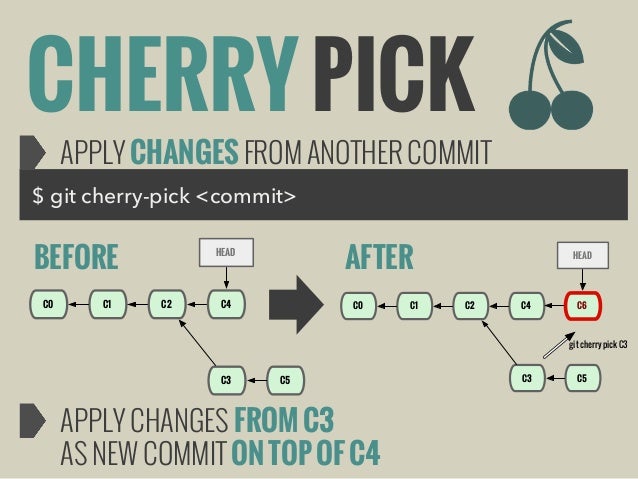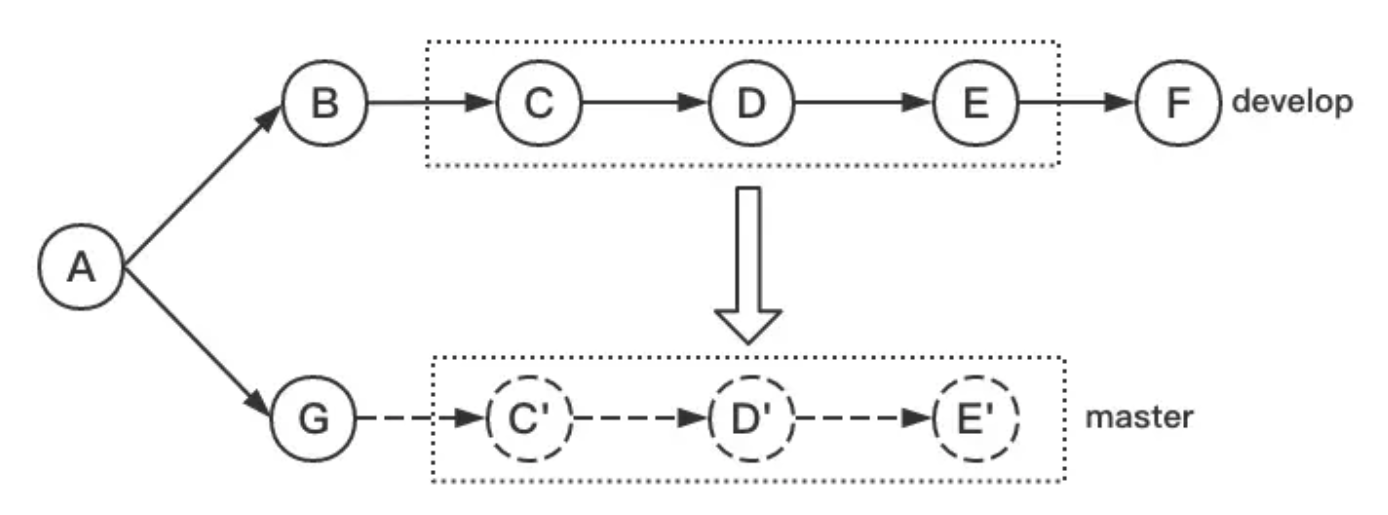
Scenario2: Made the changes proposes by another team member.Īnother use of cherry-picking is to make the changes proposed by another team member. See the below output:įrom the given output, you can see that I have pasted the commit id with git cherry-pick command and made that commit into my master branch. Now switch to master branch and cherry-pick it there. Copy the particular commit id that you want to make on the master branch. In the given output, I have used the git log command to check the commit history. To make all the changes of the new branch into the master branch, we will use the git pull, but for this particular commit, we will use git cherry-pick command. In the above example, I want to make a commit for the master branch, but accidentally I made it in the new branch.

Suppose I want to make a commit in the master branch, but by mistake, we made it in any other branch. Git cherry-pick is helpful to apply the changes that are accidentally made in the wrong branch. Scenerio1: Accidently make a commit in a wrong branch. Some scenarios in which you can cherry-pick: To pick some changes into your main project branch from other branches is called cherry-picking. You only need to pick one or two specific commits. Since managing the changes between several Git branches can become a complex task, and you don't want to merge a whole branch into another branch. Some changes proposed by another team member and you want to apply some of them to your main project, not all. Suppose you are working with a team of developers on a medium to large-sized project. Merge and rebase can usually apply many commits in another branch. It is in contrast with different ways such as merge and rebase command. It is a useful tool for a few situations. It can cause duplicate commits and some other scenarios where other merges are preferred instead of cherry-picking. The definition is straight forward, yet it is more complicated when someone tries to cherry-pick a commit, or even cherry-pick from another branch.Ĭherry-pick is a useful tool, but always it is not a good option.
Git cherry pick ocmmit and up update#
A cherry-pick looks at a previous commit in the repository history and update the changes that were part of that last commit to the current working tree.

The main motive of a cherry-pick is to apply the changes introduced by some existing commit. You can revert the commit and apply it on another branch. In case you made a mistake and committed a change into the wrong branch, but do not want to merge the whole branch. If you can merge, then you should use that instead of cherry picking.Cherry-picking in Git stands for applying some commit from one branch into another branch. The main reason is because it creates a duplicate commit with the same changes and you lose the ability to track the history of the original commit. In case you needed to cherry pick a merge instead of a commit, you can use:Ĭherry picking is commonly discouraged in developer community.

I will try to explaining this through a scenario which will make it easier to understand.


 0 kommentar(er)
0 kommentar(er)
